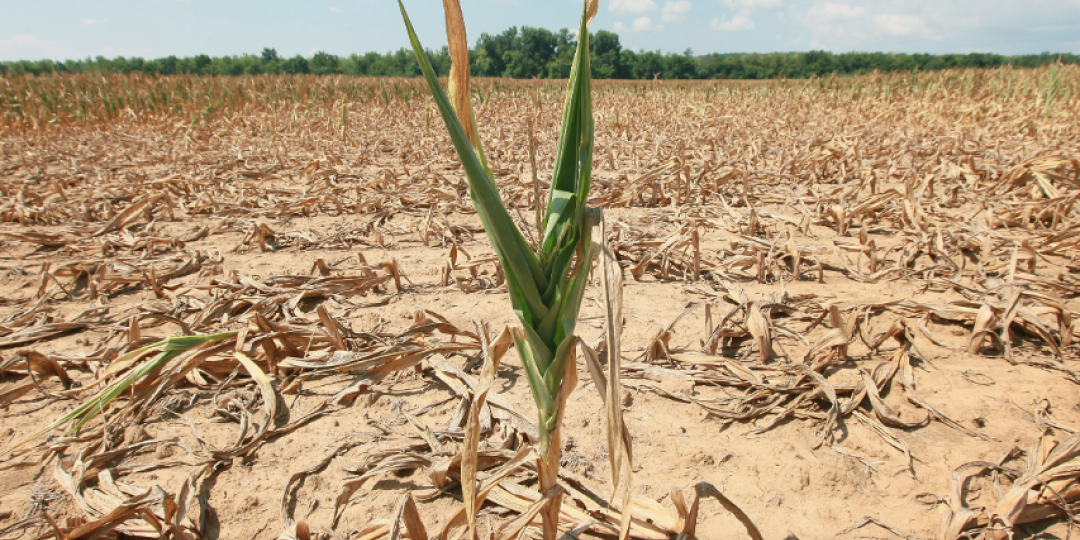The sudden arrival of warmer weather across the interior and eastern escarpment of Southern Africa has brought joy to people seeking relief from a winter that brought snow to Gauteng, but the onrush of spring is also a portent of expected drought.
According to agricultural commodity consultants Silostrat, the El Niño weather phenomenon is going to cause decreased rainfall in grain-growing areas.
Taking its name from the Spanish for “the boy”, the gathering strength of El Niño along the Pacific Coast of South America has already resulted in extreme drought in places like Panama where shipping traffic through the eponymous canal has been disrupted (read this: “Drought impacts global trade through the Panama Canal”).
Last summer El Niño’s opposite, La Nina (“the girl”), brought excessive rainfall but much drier weather appears to be ushering in the 23/24 agricultural season for the southern hemisphere.
The World Meteorological Organization (WMO) estimated that there’s a 90% probability of the El Niño event persisting through the second half of the year and it is expected to be “at least moderate strength.”
Dutch food trading portal Fresh Plaza, reports: “August ENSO (El Niño-Southern Oscillation) forecast updates are pointing towards a very strong El Niño event later in the year.
“This might trigger extreme and potentially destructive weather globally. An average of multiple global models indicates a peak in December at +2.3°C. Significantly, this has increased since the previous update in July, when the average peak was +1.99°C.”
Silostrat warns that El Niño, coupled with Russian aggression in the Black Sea where grain shipments out of Ukraine are once again under threat, could bring about extreme duress for countries dependent on grain imports for staple food.
The WMO urged governments across the globe to respond to its declaration by taking immediate steps to help protect lives and livelihoods.













